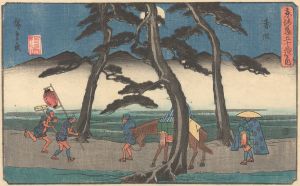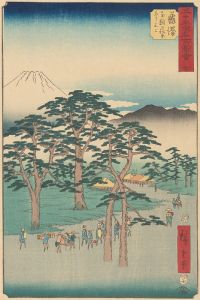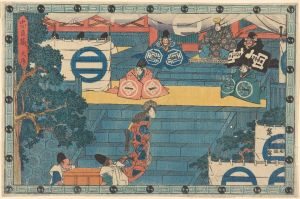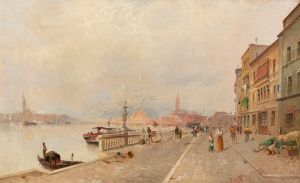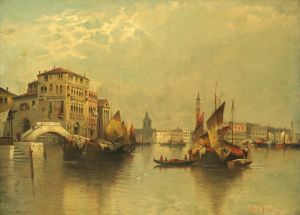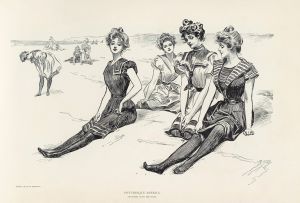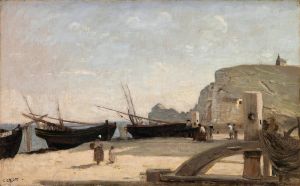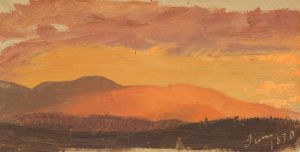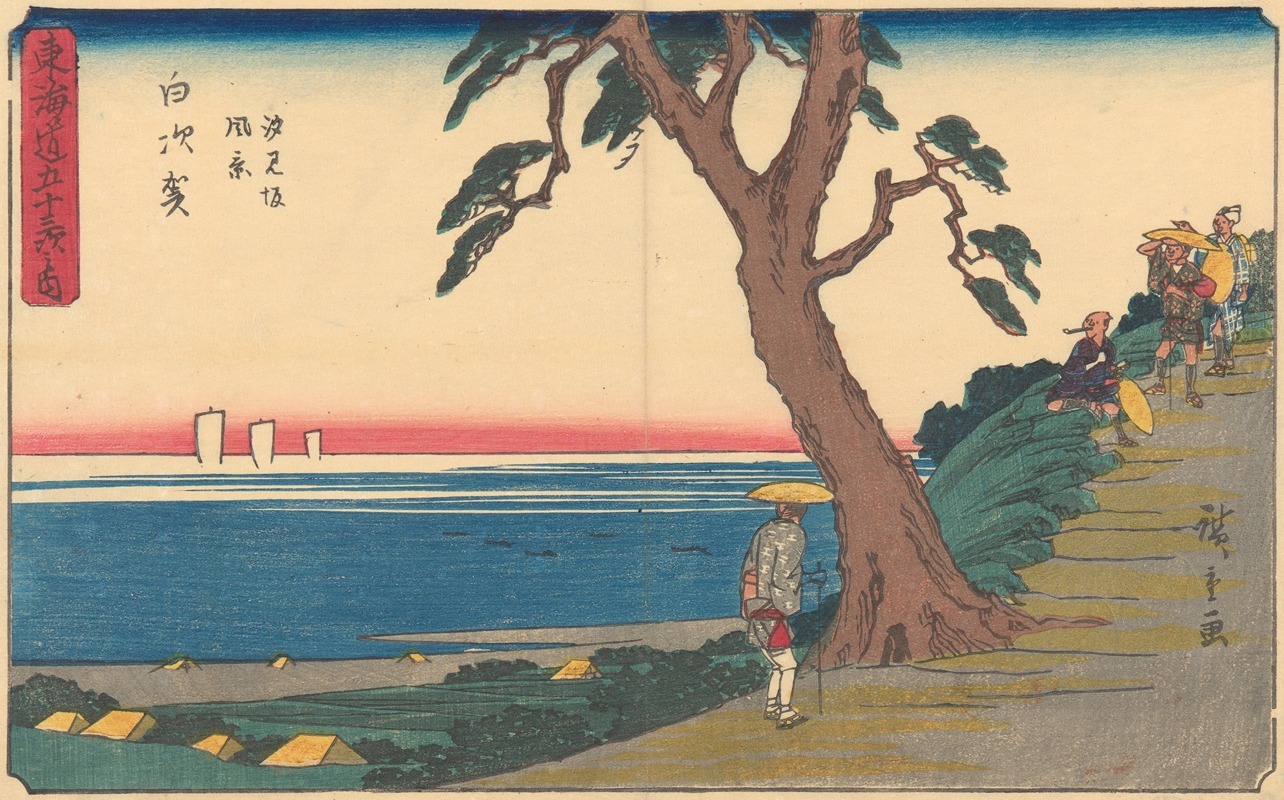
Shirasuka
A hand-painted replica of Andō Hiroshige’s masterpiece Shirasuka, meticulously crafted by professional artists to capture the true essence of the original. Each piece is created with museum-quality canvas and rare mineral pigments, carefully painted by experienced artists with delicate brushstrokes and rich, layered colors to perfectly recreate the texture of the original artwork. Unlike machine-printed reproductions, this hand-painted version brings the painting to life, infused with the artist’s emotions and skill in every stroke. Whether for personal collection or home decoration, it instantly elevates the artistic atmosphere of any space.
Andō Hiroshige, a renowned Japanese ukiyo-e artist of the Edo period, is celebrated for his landscape prints and his ability to capture the essence of nature and the changing seasons. One of his notable works is "Shirasuka," which is part of the series "The Fifty-three Stations of the Tōkaidō" (Tōkaidō Gojūsan-tsugi no Uchi). This series, created between 1833 and 1834, is among Hiroshige's most famous and depicts the scenic views along the Tōkaidō road, the main route connecting Edo (modern-day Tokyo) to Kyoto.
"Shirasuka" is the 33rd station in the series and is known for its depiction of the coastal landscape. The Tōkaidō road was an essential travel and trade route during the Edo period, and Hiroshige's series captures the diverse scenery and daily life along this path. Each print in the series highlights a different station, showcasing the unique characteristics and natural beauty of the location.
In the "Shirasuka" print, Hiroshige illustrates a panoramic view of the coastline, with travelers making their way along the road. The composition is notable for its use of perspective, drawing the viewer's eye into the distance and emphasizing the vastness of the sea and sky. The print captures the dynamic interaction between the land and the sea, a common theme in Hiroshige's work, reflecting the natural beauty and the ever-changing environment.
Hiroshige's use of color and line work in "Shirasuka" is exemplary of his style. The print features a harmonious blend of blues and greens, with subtle gradations that convey the depth and movement of the ocean. The figures of the travelers are rendered with delicate lines, adding a sense of liveliness and movement to the scene. This attention to detail and ability to evoke emotion through landscape is a hallmark of Hiroshige's artistry.
"The Fifty-three Stations of the Tōkaidō" series, including "Shirasuka," was highly influential and contributed significantly to Hiroshige's reputation as a master of ukiyo-e. The series not only served as a visual travelogue for those who could not journey along the Tōkaidō but also as a celebration of Japan's natural beauty and cultural heritage. Hiroshige's work had a lasting impact on both Japanese and Western art, influencing artists such as Vincent van Gogh and Claude Monet.
Hiroshige's "Shirasuka" remains a testament to his skill in capturing the transient beauty of nature and the human experience within it. The print is a valuable piece of cultural history, offering insight into the Edo period's travel culture and the artistic innovations of the time. Through his work, Hiroshige invites viewers to appreciate the serene and picturesque landscapes of Japan, leaving a legacy that continues to inspire and captivate audiences worldwide.





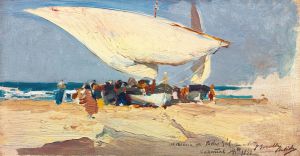
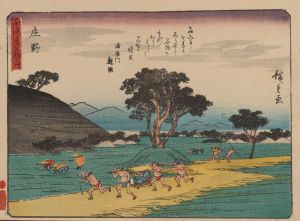

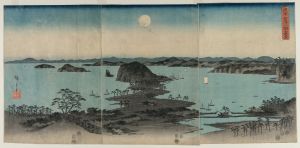
![Tora-no-mon-gai; Aoi Hill, Outside the Tiger Gate [Tora-no-mon]](/imgs/213040/s/ando-hiroshige-toranomongai-aoi-hill-outside-the-tiger-gate-toranomon-6629cde0.jpg)
